Why Spain is a great place for kids
Choosing the city that's right for you
Choosing the visa that's right for you
More than just great weather
Why Spain provides a better quality of life
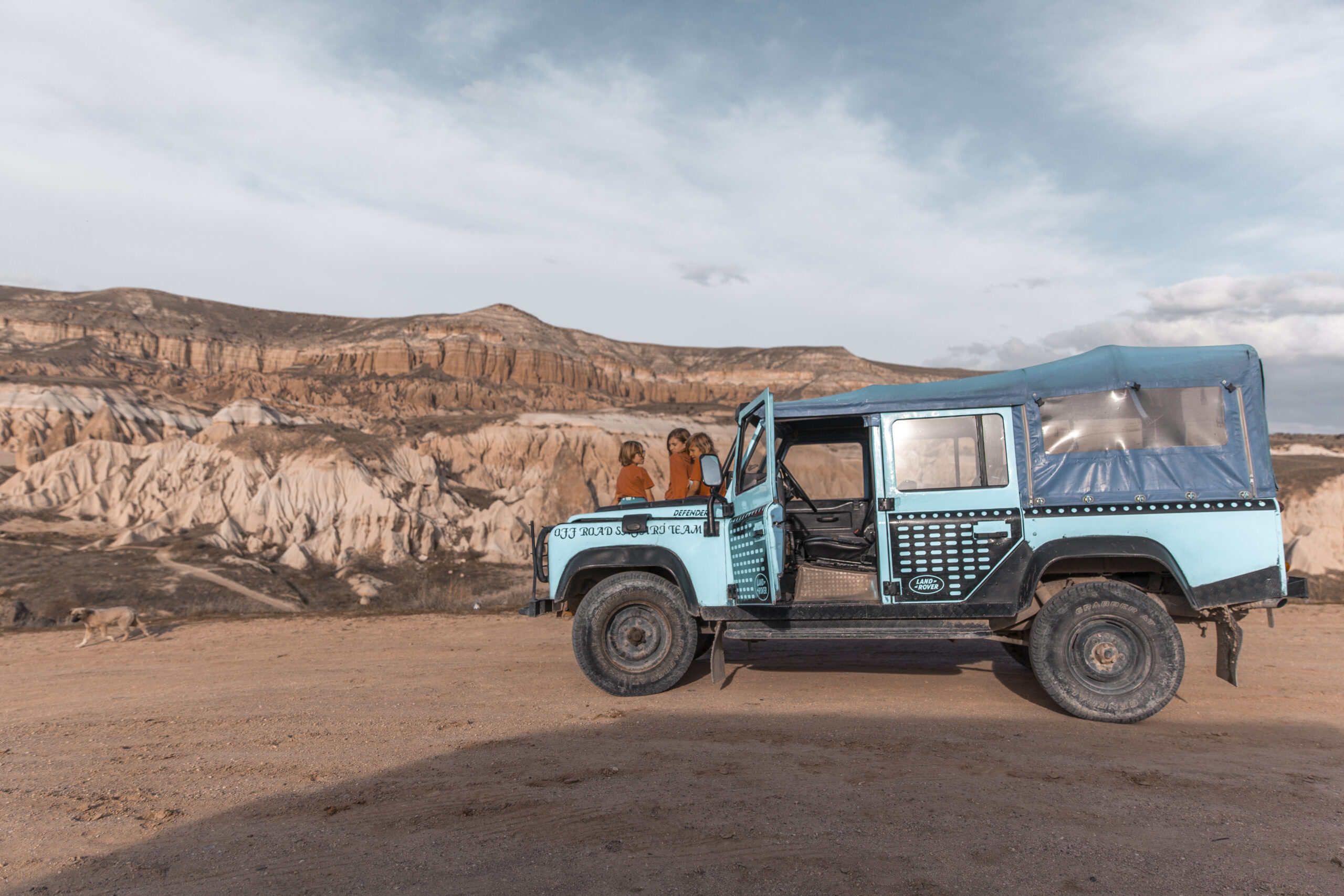
How we Plan
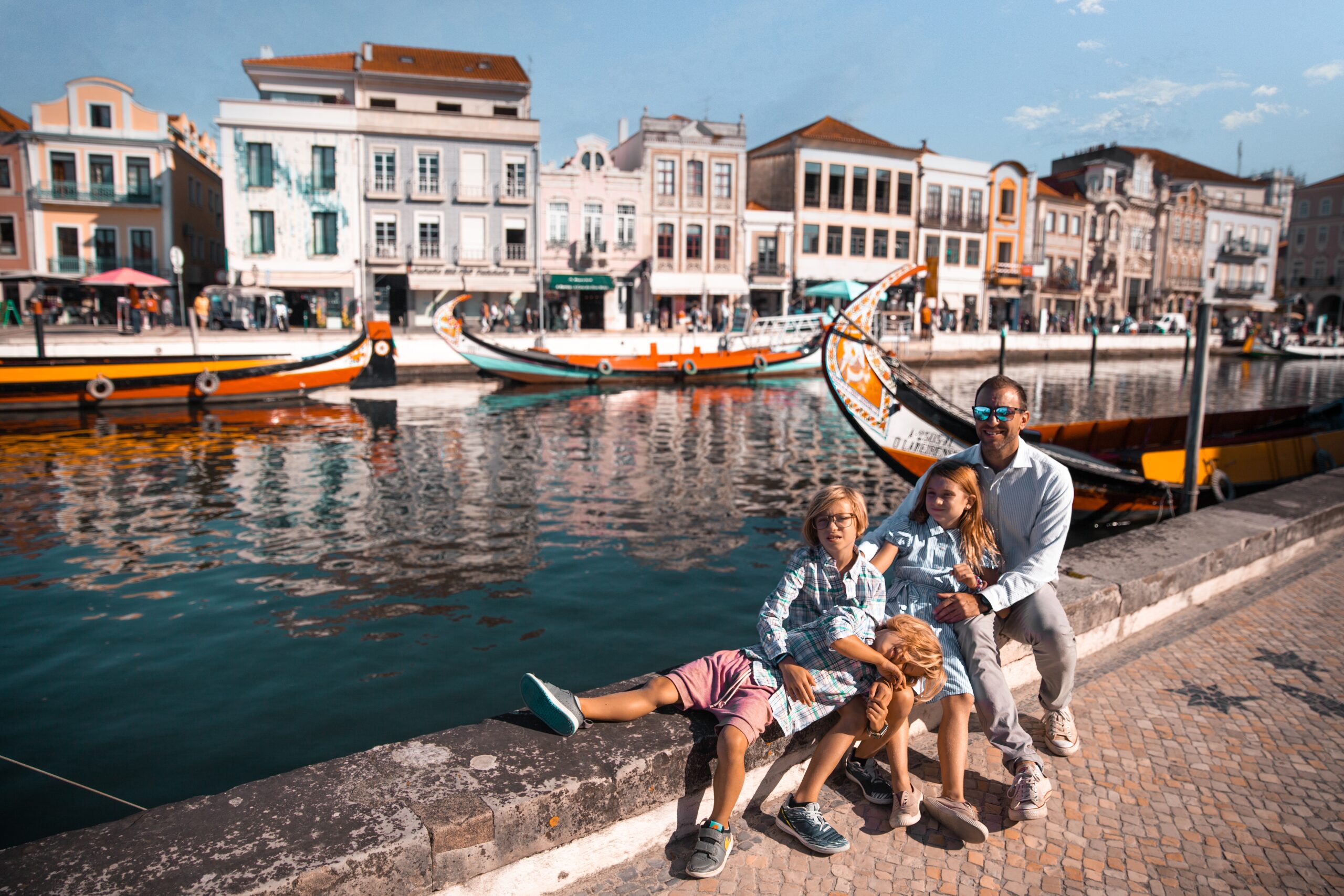
What we pack
Choosing Travel Insurance
Book Your Hotel
with Booking.com
Book Your Car
with RentalCars.com
Book Your Flight
with Skyscanner.com
Book Your Tour
with GetYourGuide.com
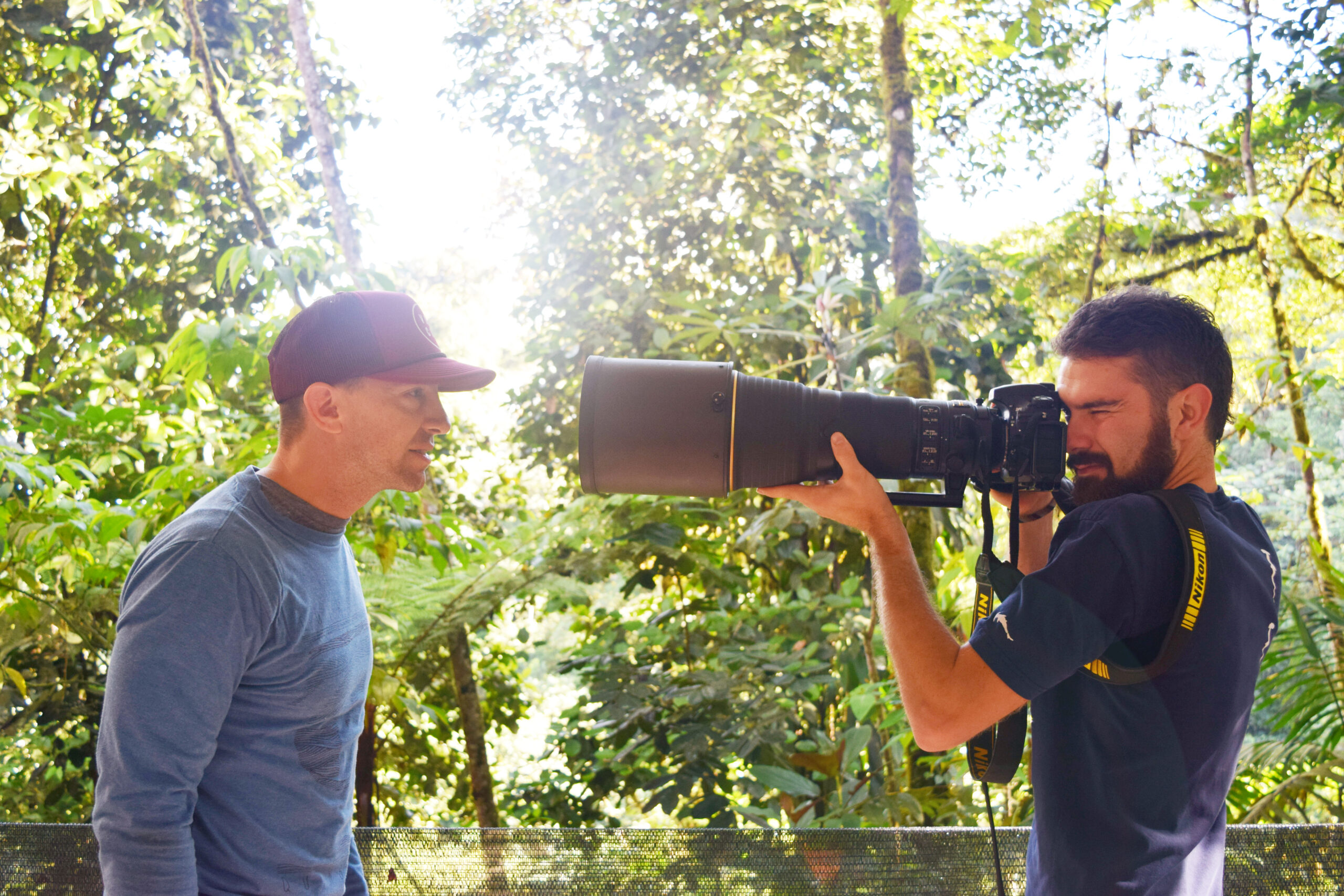
Our Camera Gear
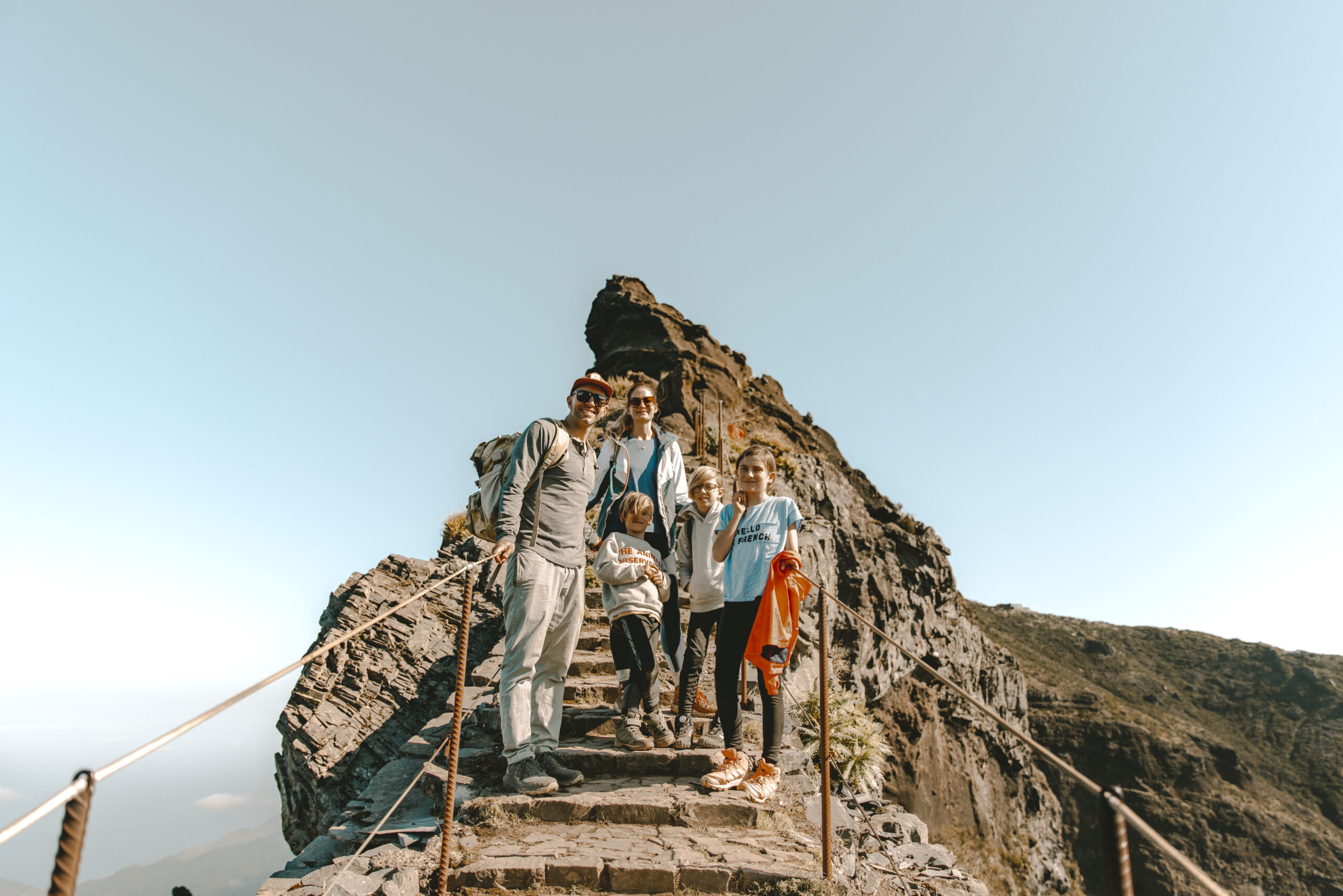
How We Fly
Choosing Your Destination
Guide to...
Zimbabwe
Zimbabwe, renowned for the majestic Victoria Falls, the ancient ruins of Great Zimbabwe, and its diverse wildlife in Hwange National Park, invites travelers to discover a land of natural wonders and cultural treasures in the heart of southern Africa.
Map
Weather
Itineraries
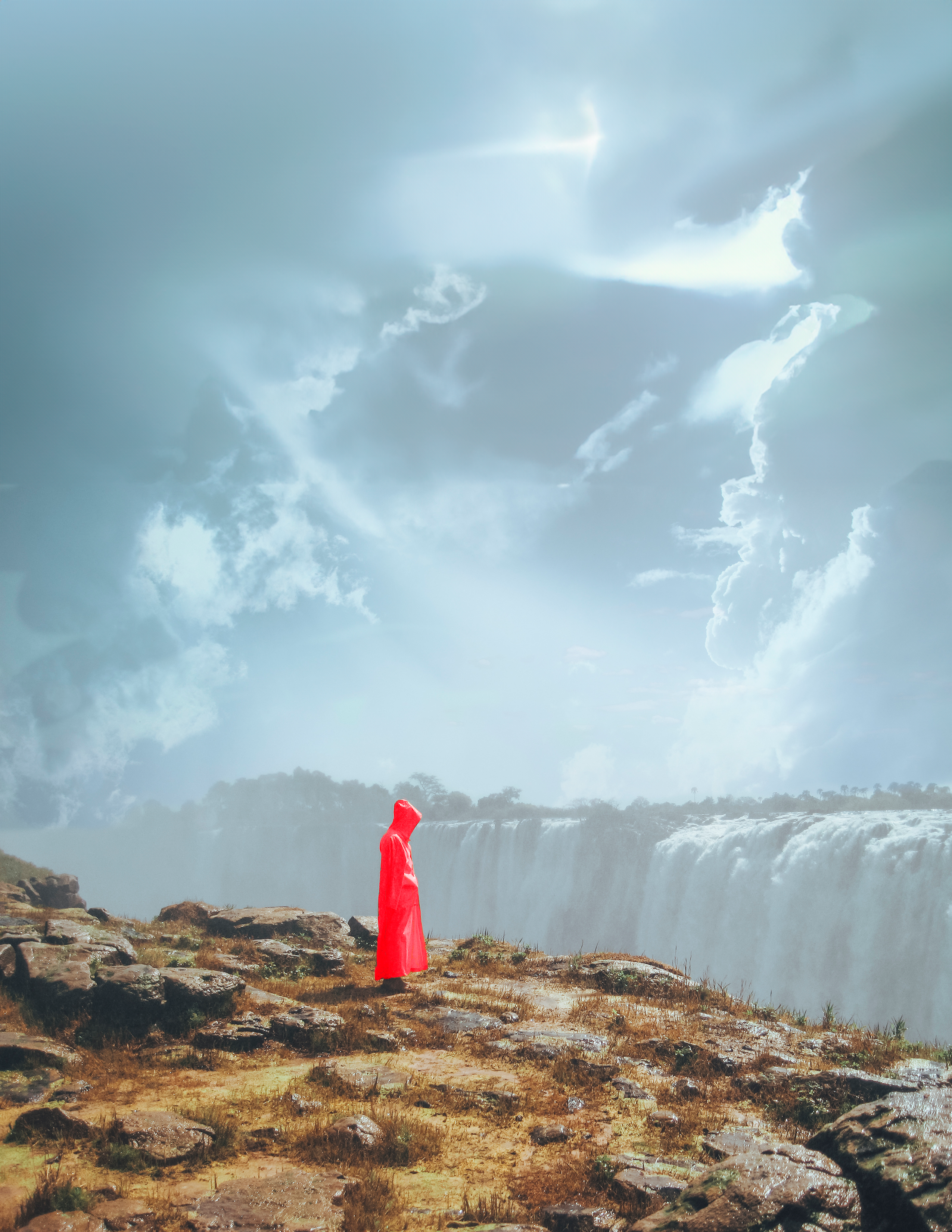
Coming Soon...
victoria falls
Top Five Restaurants in victoria falls
The Boma offers an unforgettable African dining experience with a buffet of traditional Zimbabwean dishes, including game meat, and a vibrant drum show. Guests can enjoy interactive entertainment and cultural performances, making it a must-visit for a taste of local culture. The lively atmosphere and extensive menu cater to all tastes.
Perched on the edge of the Batoka Gorge, The Lookout Cafe offers breathtaking views of the Victoria Falls Bridge and Zambezi River. The menu features a mix of contemporary and African-inspired dishes, with an emphasis on fresh, local ingredients. It’s the perfect spot for a scenic lunch or sunset dinner. The Lookout Cafe Reviews
The Three Monkeys is a popular casual dining spot known for its delicious wood-fired pizzas, gourmet burgers, and refreshing cocktails. Located in the heart of Victoria Falls town, it offers a laid-back atmosphere with indoor and outdoor seating options. The friendly staff and lively environment make it a favorite among tourists and locals alike. The Three Monkeys Reviews
Specializing in Spanish tapas and a variety of meat dishes, Lola’s Tapas and Carnivore Restaurant offers a unique culinary experience in Victoria Falls. The vibrant setting and diverse menu, including vegetarian options, make it a great choice for groups. The restaurant is praised for its flavorful dishes and excellent service.
Shearwater Cafe offers a relaxed dining experience with a menu that features a fusion of international and African cuisine. Located conveniently in the town center, it’s a perfect spot for breakfast, lunch, or dinner. The cafe is known for its warm ambiance, friendly service, and delicious coffee.
Top Five hotels in victoria falls
The Victoria Falls Hotel is a historic and luxurious property offering stunning views of the Victoria Falls Bridge and gorge. Guests enjoy elegant rooms, fine dining, and a range of activities and tours. The hotel’s colonial charm and prime location make it a popular choice for visitors.
Ilala Lodge Hotel is situated close to Victoria Falls, offering spacious and comfortable accommodations with a warm, inviting atmosphere. The hotel features an outdoor pool, restaurant, and easy access to local attractions. Its excellent location and friendly service are key highlights.
Victoria Falls Safari Lodge provides a unique safari experience with views over a wildlife-rich waterhole. The lodge offers comfortable rooms, an on-site restaurant, and guided safari tours. Its exceptional location and wildlife viewing opportunities make it a top pick for nature enthusiasts.
The Elephant Camp offers luxurious tented suites with private plunge pools and views of the Zambezi Gorge. Guests can enjoy personalized service, wildlife encounters, and a tranquil setting. Its blend of luxury and adventure makes it a standout accommodation option.
Shearwater Explorers Village offers a range of accommodations from budget-friendly tents to comfortable chalets, catering to various traveler preferences. The property features a restaurant, bar, and pool, and is conveniently located near Victoria Falls. Its affordability and variety of amenities make it a great choice for all types of travelers.
FAQ's
What are the main things to do with kids in Zimbabwe?
Zimbabwe offers a variety of activities and attractions that can be enjoyed by families with kids. Here are some of the main things to do:
1. Visit National Parks: Zimbabwe is known for its stunning national parks, such as Hwange National Park and Mana Pools National Park, where kids can see a wide variety of wildlife, including elephants, lions, and giraffes.
2. Explore the Victoria Falls: The Victoria Falls, one of the world’s largest waterfalls, is a must-see attraction in Zimbabwe. Kids can enjoy guided tours, nature walks, and even swimming in the Devil’s Pool during the dry season.
3. Take a safari drive: Many lodges and tour operators offer family-friendly safari drives, allowing kids to see animals up close in their natural habitats.
4. Visit the Chinhoyi Caves: These limestone caves feature a deep blue pool and offer a unique underground experience for adventurous kids.
5. Enjoy water sports on Lake Kariba: Lake Kariba is a great spot for families to enjoy activities like boating, fishing, and even houseboating.
6. Learn about history at the Great Zimbabwe National Monument: This UNESCO World Heritage Site is an ancient city that showcases the history and culture of the region.
7. Interact with locals: Visiting local villages and markets can be an educational and enriching experience for kids, as they learn about different cultures and lifestyles.
8. Engage in outdoor activities: Many lodges and resorts offer outdoor activities like hiking, bird watching, and stargazing, which can be fun for the whole family.
Remember to check the current safety situation and travel advisories before planning a trip to Zimbabwe with kids.
What is Zimbabwe famous for?
Zimbabwe is known for several things, including:
1. Victoria Falls: This UNESCO World Heritage Site is one of the world’s largest waterfalls and a major tourist attraction.
2. Wildlife: Zimbabwe is home to a diverse array of wildlife, including the “Big Five” (lions, leopards, rhinos, elephants, and buffalo), which can be seen in its national parks like Hwange and Mana Pools.
3. Ancient ruins: The Great Zimbabwe National Monument, another UNESCO World Heritage Site, is a testament to the ancient civilization that once thrived in the region.
4. Natural beauty: Zimbabwe boasts stunning landscapes, from the Eastern Highlands to the Matobo Hills, attracting nature lovers and outdoor enthusiasts.
5. Friendly people: Zimbabweans are known for their warm hospitality and friendly nature.
6. Stone sculptures: Zimbabwean stone sculptures, often made from serpentine or verdite, are world-renowned and highly sought after.
7. Tobacco production: Zimbabwe is one of the world’s largest producers of tobacco, which is a significant contributor to its economy.
8. Lake Kariba: This vast man-made lake is a popular destination for fishing, boating, and wildlife viewing.
9. Hwange National Park: It is the largest national park in Zimbabwe and is known for its large elephant population.
10. The Victoria Falls Bridge: This historic bridge offers stunning views of the falls and is a popular spot for bungee jumping.
What power plug type does Zimbabwe use?
Zimbabwe primarily uses plug types D and G.
Type D: This is a large, round three-pin plug. It has three large, round pins in a triangular pattern. The voltage is typically 220-240V at 50Hz.
Type G: Also known as the British three-pin plug, this type has three rectangular pins in a triangular pattern. The voltage is also typically 220-240V at 50Hz.
It’s important to note that some areas in Zimbabwe may still use the old British standard BS 546, which includes plug types C (two round pins), D, and M (larger 15 amp version of type D).
When traveling to Zimbabwe, it’s advisable to bring a universal adapter that can accommodate multiple plug types and to check the voltage compatibility of your devices. Some older buildings might not have updated electrical outlets, so it’s best to be prepared with the appropriate adapters.
Is Zimbabwe safe?
Here are a few key points about safety in Zimbabwe:
– Zimbabwe has had political and economic instability over the past couple decades, which has impacted safety and security. However, the situation has become more stable in recent years.
– Major cities like Harare and tourist areas are generally safe for travel, though petty crimes like bag snatching and muggings do occur, especially at night. It’s advisable to take typical precautions.
– Rural areas experience more violent crimes like armed robberies, carjackings, and assaults, especially near the borders. Travel between cities can also be risky, especially at night.
– The U.S. and other governments advise deferring non-essential travel to parts of Zimbabwe, particularly along the borders with Mozambique and South Africa due to crime levels.
– Political gatherings and demonstrations should be avoided as they can turn violent.
So in summary, reasonable caution is needed, but many visits to the major cities and tourist sites occur without incident if proper safety measures are followed. Rural areas and border zones carry higher risks that may warrant reconsideration of travel plans.
How to travel to Zimbabwe?
Here are some tips for traveling to Zimbabwe:
Getting There:
– Most travelers fly into Robert Gabriel Mugabe International Airport in Harare, the capital city. There are also airports in Victoria Falls, Bulawayo, and other cities.
– You can also enter Zimbabwe by road from neighboring countries like South Africa, Botswana, Zambia, and Mozambique if driving/busing.
Entry Requirements:
– U.S. citizens need a valid passport and visa to enter Zimbabwe. Visas can be obtained in advance or at the port of entry.
– You may need a Zimbabwe visa as well if just passing through en route to another country.
– Proof of yellow fever vaccination is required if arriving from certain countries.
Getting Around:
– Hiring a car and driver is one of the safest ways to get around cities and see attractions.
– Buses and trains connect major cities, but the routes can be lengthy.
– For shorter distances, local taxis or Uber are options within cities.
– Self-driving is possible but roads can be poorly maintained outside cities.
When to Visit:
– Peak travel season is May to October when days are dry, sunny and mild.
– Green season is November to April with more rain but lower prices/crowds.
It’s advisable to have your itinerary and lodgings booked in advance and get updated safety guidance for the specific regions you plan to visit.
What to know before traveling to Zimbabwe?
Here are some important things to know before traveling to Zimbabwe:
Safety Considerations:
– Check travel advisories from your government, as some areas have higher risks of crime, civil unrest, or clashes.
– Avoid traveling near borders or going out alone at night, when crime rates are higher.
– Only use official taxis or private transfers for transportation.
Travel Documentation:
– U.S. citizens need a passport valid for 6 months and a visa to enter Zimbabwe.
– Make sure you have sufficient blank visa pages in your passport.
– Get travel insurance to cover medical emergencies and evacuation if needed.
Health Precautions:
– Get all routine vaccinations like hepatitis A/B, typhoid, etc.
– Anti-malarial medication is recommended, especially in wet seasons.
– Pack prescription medications in original containers along with doctor’s notes.
– Water may not be potable, so drink bottled water.
Money Matters:
– U.S. dollars are widely accepted, but bring crisp new bills as older ones may be refused.
– Notify your bank/credit card companies you’ll be traveling to Zimbabwe.
– ATMs can be unreliable or run out of cash, so carry backup funds.
Cultural Considerations:
– Learn a few basic Shona or Ndebele greetings and phrases.
– Dress conservatively, especially in rural areas.
– Ask permission before photographing individuals.
– Homosexual relations are generally not accepted.
Being prepared on these key points will help ensure a smoother and more enjoyable trip to Zimbabwe.
What are 5 interesting facts about Zimbabwe?
Here are 5 interesting facts about Zimbabwe:
1. Victoria Falls – One of the largest waterfalls in the world, Victoria Falls is located on the border between Zimbabwe and Zambia. At 5,604 feet wide, it is roughly twice as wide and deep as Niagara Falls. The falls and surrounding national parks are major tourist attractions.
2. Great Zimbabwe Ruins – This massive stone construction from the 11th-15th centuries was once the capital of the Shona empire. The intricate dry stone masonry and Great Enclosure have earned it recognition as a UNESCO World Heritage site.
3. Highest Officially Used Currency – Due to economic policies under Robert Mugabe’s rule, Zimbabwe experienced hyperinflation reaching astronomical levels. In 2008, the highest denomination banknote was 100 trillion Zimbabwean dollars.
4. Khoi-San Ancestry – Many of the minority San ethnic groups in western Zimbabwe, such as the Tshwa, Danda, and Hiechware, are descended from the oldest inhabitants of Southern Africa – the Khoi-San hunter-gatherers.
5. Stone Sculpture Capital – Zimbabwe is renowned for its sculptures hewn from serpentine and other semiprecious stone. Cities like Harare have become artistic hubs for internationally acclaimed Zimbabwean sculptors.
From natural wonders to ancient history and modern art, Zimbabwe offers many unique claims to fame.
Which season is best for safari in Zimbabwe?
The best season for a safari in Zimbabwe is during the dry season, which runs from May through October.
Here are some key reasons why this is the ideal time for a Zimbabwe safari:
1. Drier Conditions – With minimal rainfall during these months, the bushveld becomes sparser and less dense, making it easier to spot wildlife.
2. Animals Congregating – As waterholes and rivers start drying up, animals tend to congregate around remaining water sources, increasing sighting opportunities.
3. Easier to Navigate – The dry conditions make dirt roads and tracks more accessible for safari vehicles compared to the muddy conditions of the rainy season.
4. Milder Temperatures – Daytime temperatures are pleasantly warm but not unbearably hot, hovering around 70-80°F on average.
5. Baby Animal Sightings – Many species in Zimbabwe give birth in the spring months of September/October, allowing glimpses of newborn animals.
The peak months are generally July through October when humidity is low. However, May and June can also offer great value as prices are lower during the shoulder season before the peak period.
The rainy season from November to April can still allow safaris but with tougher conditions of heavy rains, muddier terrain, and denser bush cover.

